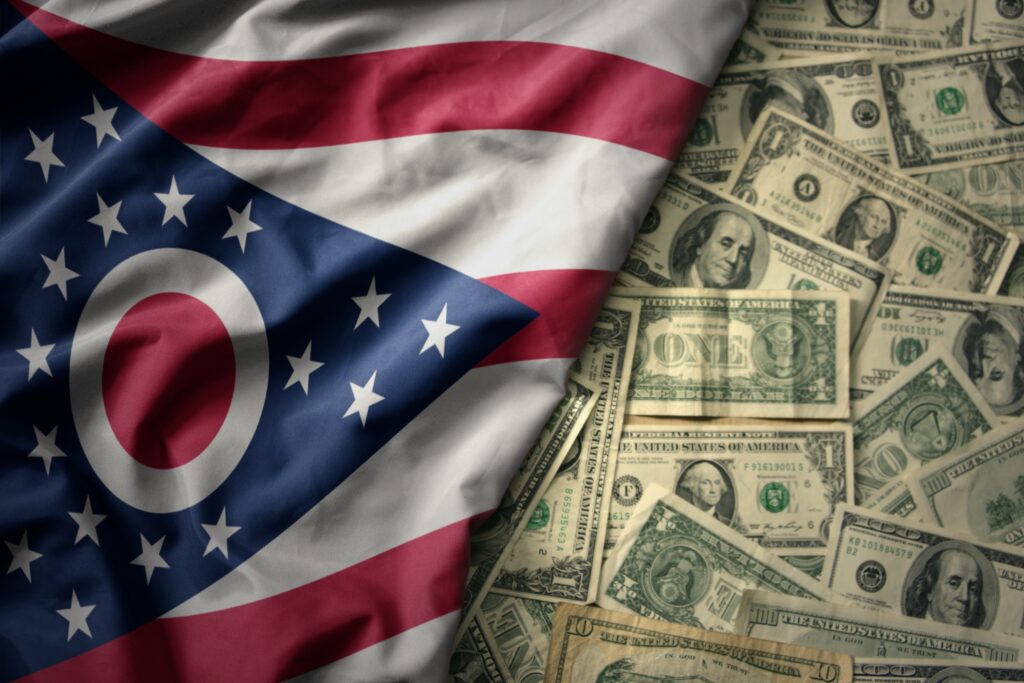NYC’s Taxi Medallion Crisis is a Case Study in Government Malfeasance
New York City’s ongoing, multiyear crisis surrounding taxi medallions—punctuated by a recent spate of taxi driver suicides—has received growing publicity. As taxi medallion prices soared over the past few decades and then precipitously collapsed, taxi drivers in the Big Apple have increasingly faced a crushing debt load and few choices for salvaging their financial situation. Over the past few years, city officials have been quick to blame the rise of ridesharing technology—including firms such as Uber and Lyft—for causing medallion prices to collapse. The insinuation being: Blame them, not us.
But according to an exhaustive investigation by The New York Times, this narrative turns out to have been incredibly misleading. Instead, unscrupulous lending practices—abetted by careless and money-hungry city government officials—are almost entirely to blame for the crisis. It is now apparent that instead of trying to solve the unfolding mess, officials simply tried to pass the buck.
The NYC taxi medallion system was first established in 1937, requiring all taxis operating in the city to have a visible medallion attached. At first, there were 12,000 medallions issued and the price was set at $10 apiece. At the time, scholars noted that the price of a medallion reflected both the value of the medallion scarcity and the risk that the city would issue more medallions, causing their value to decline.
The price of the medallions steadily increased over time, however, rising to hundreds of thousands of dollars by the 1990s. By 2014, reports were circulating of medallions selling for over $1 million.
Eventually, the medallion market collapsed. Much of the conventional wisdom—and nearly every government official—pointed the finger at on-demand ridesharing companies, which created a flood of new competition in an industry that had previously been insulated from market forces. NYC eventually responded by enacting a cap on ridesharing services, thereby doubling down on the narrative that these private economic actors were to blame.
Numerous commentators—including several of our colleagues who conducted an independent analysis—pushed back on these claims from the beginning. They pointed out that more aggressive borrowing practices and other factors were likely creating an artificial bubble that had temporarily inflated medallion prices in the first place.
These voices have now been vindicated. Characterizing the taxi medallion situation as “strikingly similar” to the 2008 housing market crash, the investigative report pins the lion’s share of blame for the crisis on shady lenders and complicit government officials.
As the report details, the crisis is traceable to extremely aggressive lending practices that—sometimes dishonestly—convinced low-income taxi drivers to take out huge loans to purchase their own medallions, which “artificially drove up the price … creating a bubble that eventually burst.”
Noting that “[a]ll along, officials have blamed the crisis on competition from ride-hailing companies such as Uber and Lyft,” the investigation concludes that “virtually all of the hundreds of industry veterans interviewed … including many lenders, said inflated prices and risky lending practices would have caused a collapse even if ride-hailing had never been invented.” In response to the exposé, the New York state attorney general just announced plans to investigate the situation further.
During the growing crisis, the city decided to release and sell more medallions in an effort to raise over $800 million to plug budget holes. Then last year, the city enacted a cap on ridesharing cars, blaming them not only for the medallion fiasco, but for traffic congestion in Manhattan. This amounted to doubling down on the failed system rather than working to help drivers adapt.
City officials need to step back and consider what problem they’re trying to address with their for-hire vehicle regulations. If the problem is congestion, broad-based pricing fixes the problem directly. If the problem is that the taxi medallion market was destined to fail under its own weight, officials can fix that, too. One option would be to buy back medallions, and another might be to provide financial support for taxi drivers who want to change careers.
In the end, New York’s taxi medallion debacle stands as a case study in how to create a system destined for failure. The city set up an artificial market of government-granted privileges that inevitably triggered abusive loan practices and a price bubble. Government officials then profited from the scheme by selling medallions, blamed the fallout on private actors and new technologies, and left the lives of hundreds of taxi drivers in shambles.
Next time something similar happens, let’s hope city regulators show a little more humility by looking inward before blaming the private sector.









